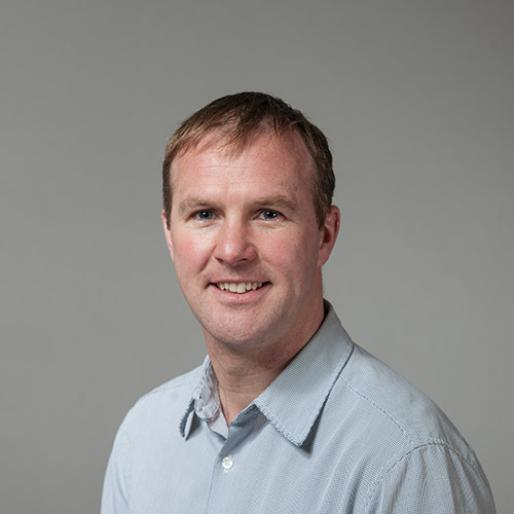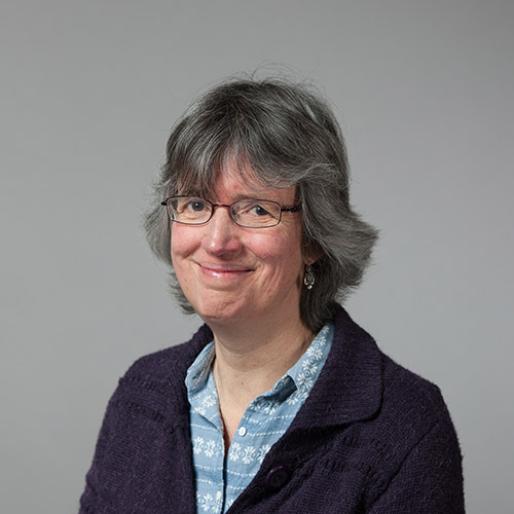The big picture: using wildflower strips for pest control
The long-running Broadbalk field experiment at Rothamsted shows that it is possible to maintain or increase yields of wheat over nearly 200 years with either inorganic fertilizers or organic manure, according to a review published in the journal Advances in Agronomy. However, to achieve this, changes in management to parts of the experiment have been needed to ensure that soil acidity, weeds and diseases are controlled.
“Long-term experiments (LTEs) are a vital source of information for assessing the sustainability of agricultural systems,” said Paul Poulton, the lead author on the paper. “This review clearly demonstrates that headlines suggesting that we have only a limited number of harvests left are not true in a general sense and that even modest inputs of fertilizer and agrochemicals can maintain crop yields.”
The Broadbalk Wheat Experiment started in 1843 and is the oldest continuing LTE in the world. The site is divided into 20 strips. Several of these have had differing treatments of nitrogen (N), phosphorus (P) and potassium (K) applied. One strip has had nothing applied since the experiment began and acts as a control. Adjacent to it is a strip that has had cattle-based farmyard manure added to it since the start. This was originally done as a comparison with chemical applications and predated the organic movement by nearly a century.
In 1968, and later, major modifications were made to the experiment to reflect contemporary innovations in agriculture. These included the introduction of short-straw winter wheat varieties, growing wheat in rotation with other crops, and testing higher rates of N fertilizer (up to 288 kg N per hectare). Other changes included the use of herbicides and other agrochemicals, except on selected sections. Regular liming continued to maintain a neutral soil pH.
The new review reports crop yields and soil changes since 1968 and summarizes other studies including the incidence of weeds, pests and crop diseases, effects of treatments on nitrate and phosphate movement to drainage water, greenhouse gas fluxes, measurements of N and sulphur (S) inputs from the atmosphere, and many other factors.
The change to short-straw wheat varieties led to a doubling of grain yields. On average, yields of continuous wheat tended to increase at N rates up to 240 or 288 kg per hectare while the 1st wheat in rotation after a 2-year break often needed less nitrogen to reach maximum yield. Best yields now exceed 12 tonne per hectare in some years.
However, where manures have been applied for many years or where the largest amounts of nitrogenous fertilizer have been added, the risk of losses of nitrogenous compounds into the drainage system is high. Such an observation was possible as the experiment has a facility to collect drainage water from one section of treatments.
On a soil that had probably been in arable cropping for centuries before the experiment began, soil organic carbon (SOC) is relatively low at around 1%. Adding manures for many years to some plots increased stocks of carbon by about threefold.
Increasing amounts of nitrogen fertilizer resulted in larger crops and more stubble. Roots were ploughed-in, leading to increases in soil carbon. Soil organic matter in some treatments has been in equilibrium for many years.
“The experiment and the data from it, together with the archive of crop and soil samples, continue to provide scientists with a valuable resource to increase our fundamental understanding of agricultural systems as well as providing a sound basis for practical management strategies for improving sustainability,” said Poulton.

SOIL SCIENTIST

E-RA CURATOR
Rothamsted Research is the longest-running agricultural research institute in the world. We work from gene to field with a proud history of ground-breaking
discoveries in areas as diverse as crop management, statistical interpretation and soil health. Our founders, in 1843, were the pioneers of modern
agriculture, and we are known for our imaginative science and our collaborative approach to developing innovative farm practice.
Through independent research, we make significant contributions to improving agri-food systems in the UK and internationally, with
economic impact estimated to exceed £3 bn in annual contribution to the UK economy. Our strength lies in our systems approach, which combines strategic research,
interdisciplinary teams and multiple partnerships.
Rothamsted is home to three unique National Bioscience Research Infrastructures which are open to researchers from all over the world:
The Long-Term Experiments,
Rothamsted Insect Survey and the
North Wyke Farm Platform.
We are strategically funded by the Biotechnology and Biological Sciences Research Council (BBSRC), with additional support from other national and
international funding streams, and from industry. We are also supported by the Lawes Agricultural Trust (LAT).
The Biotechnology and Biological Sciences Research Council is part of UK Research and Innovation, a non-departmental public body funded by a grant-in-aid
from the UK government.
BBSRC invests to push back the frontiers of biology and deliver a healthy, prosperous and sustainable future. Through our investments, we build and support a vibrant,
dynamic and inclusive community which delivers ground-breaking discoveries and develops bio-based solutions that contribute to tackling global challenges,
such as sustainable food production, climate change, and healthy ageing.
As part of UK Research and Innovation (UKRI), we not only play a pivotal role in fostering connections that enable the UK’s world-class research and innovation system
to flourish – we also have a responsibility to enable the creation of a research culture that is diverse, resilient, and engaged.
BBSRC proudly forges interdisciplinary collaborations where excellent bioscience has a fundamental role. We pioneer approaches that enhance the equality, diversity,
and inclusion of talent by investing in people, infrastructure, technologies, and partnerships on a global scale.
The Lawes Agricultural Trust, established in 1889 by Sir John Bennet Lawes, supports Rothamsted Research’s national and international agricultural science through the provision of land, facilities and funding. LAT, a charitable trust, owns the estates at Harpenden and Broom's Barn, including many of the buildings used by Rothamsted Research. LAT provides an annual research grant to the Director, accommodation for nearly 200 people, and support for fellowships for young scientists from developing countries. LAT also makes capital grants to help modernise facilities at Rothamsted, or invests in new buildings.